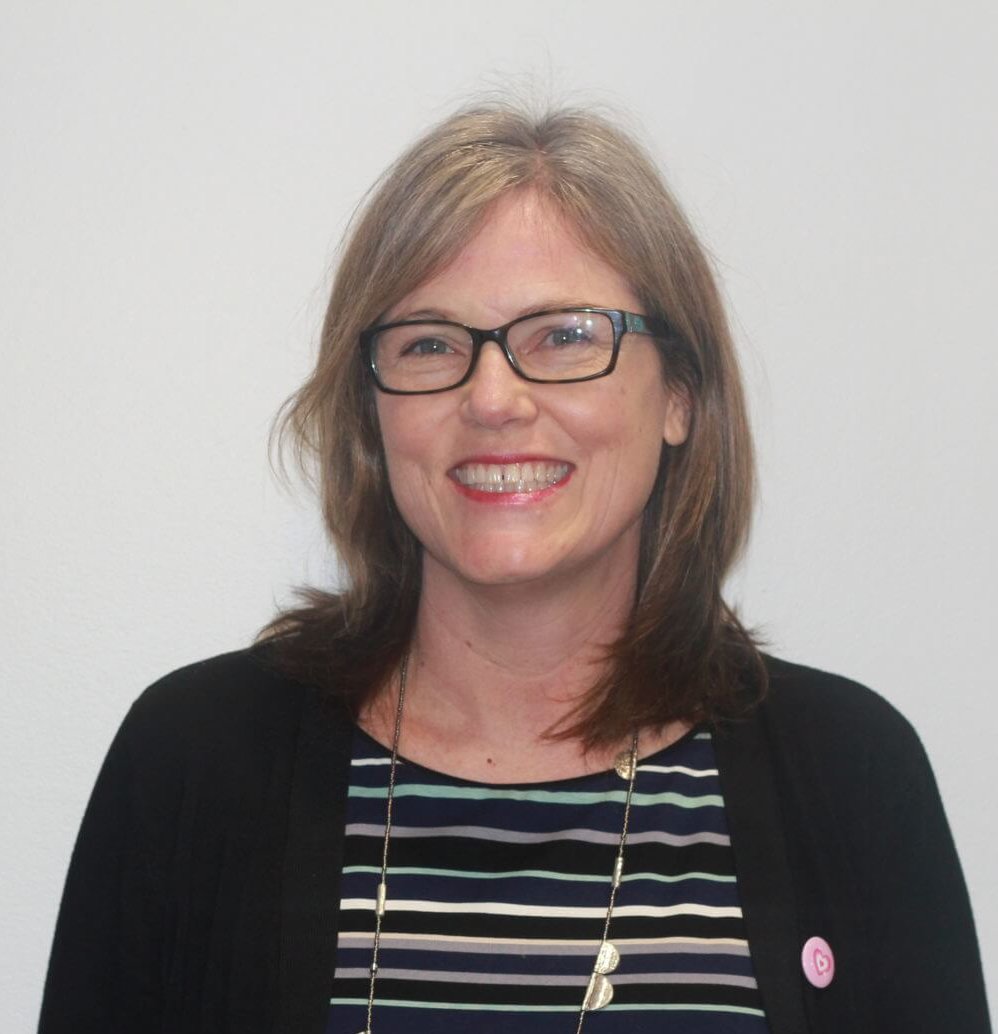Do we really need school complexes as we know them? What if instead, we considered what an ecosystem for learning could look like?
Cath Fraise, Founder, Workspace and WorkspaceSKY
We recently caught up with Cath Fraise, who founded Workspace Education and WorkspaceSKY. Let’s hear how the pandemic created a new opening and shifted her approach to create environments where humans thrive, build community, and inspire transformative experiences for young people.
Q: What are the big questions you’ve been digging into recently?
Cath: What a life-changing time it has been with everyone reinventing how (and in many cases, where) they live, learn, and work. I’ve been thinking a lot about different spaces for education, particularly virtual spaces, and how many great options for education are available outside the conventional school system. Do we really need school complexes as we know them? What if instead, we considered what an ecosystem for learning could look like? Could we organize in a virtual space and meet in physical spaces for deep, relational in-person experiences—making the most of what the virtual and physical worlds have to offer? And, could we do that in much more affordable ways that give families more flexibility?
That is what I have been up to—exploring answers to those questions. In particular, I’ve been designing a high-quality virtual co-learning space for education, called WorkspaceSKY Teens, and creating guidance systems for learners and parents navigating their children’s educations. In early 2020, I made the leap to sell the building that housed Workspace Education (the physical learning community I’d been building since 2016) to two non-profits who are now using the space to support learners in two Connecticut counties and letting our community continue in the space led by veteran Workspace parents. This has allowed me to fully dive into this new adventure building a virtual community.
Q: What has you exploring this virtual space so deeply?
Cath: There are so many pieces involved in creating a school—or a co-learning community, in my case. Over the years, I learned a lot; it is a huge labor of love. And, both for me and in my experience of working with other founders, the biggest obstacle for creating innovative spaces like Workspace is the cost of the building and the staff it takes to look after the students, families, and the building itself, not to mention all the admin associated with it. I knew if I could remove the physical building from the equation, I could remove the cost of the building and other on-the-ground expenses.
This past year, creating WorkspaceSKY has been an exploration in creating a persistent virtual online space that mimics exactly what I was doing on the ground. By persistent space, I mean a space you have actually “moved into.”
It opens and closes, just like a building. There are learning spaces that can be booked out, a schedule, and a co-created catalog of learning experiences. There is a staff that operates and runs the town, space, or building. There is a consistent community using the space for education, governing, organizing events, and sharing resources. It is not a game or simulation. It is real life. And the way it operates is co-created by all of the participants. Creating and having this “persistent” space is key if you are really looking to have a virtual learning community that grows over time and develops its own essence and culture.
Q: What does a virtual learner-centered space make possible for learners that an in-person experience does not?
Cath: There is a huge global reach and connection to learners from around the world. Learners have access to classes and teachers on demand. And, learners like the novelty of the whole thing. They are excited to show their friends this new space and are eager to build their own virtual spaces. Teen groups from around the world can join so they can have the best of in-person and virtual communities.
Virtual spaces also allow for a lot more options when it comes to advisory, guidance, wayfinding, and coaching. Whether WorkspaceSKY is their main learning community, they are homeschooled, or they have organized their learning in some other way, learners can participate as much or as little as they like in this virtual space and organize their lives around it in ways that work best for them and their families. This flexibility, plus the speed at which virtual development happens, means that learners have a new level of access to opportunities, self-discovery, and challenges that push their learning.
Finally, all of this comes at a much lower cost than does creating a space in a physical building. I loved creating the in-person Workspace, and there were so many things I wanted to build, but I was always limited by my budget. In the virtual world, I am working with an incredible artist and team of digital designers, and I can manifest whatever is inside my head. Every time I see a new virtual building or education center arrive in my inbox, I smile uncontrollably as I see the dramatic growth of this virtual community (and secretly wish I could build it on the ground).
Q: What is the Eduverse and what should we be paying attention to?
Cath: The Eduverse can mean many things. For me, it is a virtual world for educators created by Vriti Saraf and k20 Educators. Open 24/7 and free for educators, this virtual environment is a hub for sharing ideas, professional development, innovative programming such as think tanks and masterminds, and for resources to support progressive teaching practices.
Imagine if New York City was dedicated to all things education, where you could literally walk around, bump into other educators, visit innovative educational spaces and explore all of the new options and tools now available for education. You can even rent space and hold events. The k20 Eduverse is carving a pathway for educators to the decentralized metaverse (not Facebook’s) and uplifting educators by preparing them for the future.
Q: What challenges do you see that must be attended to when diving into the Eduverse and this more virtual community?
Cath: Obviously, not all of us have access to the technology and wifi to participate fully. I am hoping, with COVID and increased awareness, that this will improve. There are definitely challenges. Most notably, you have to be more disciplined to keep online schedules. Online education is more “college-style,” and there are no hall monitors. Learners have to want to come. We have to make it engaging and build relationships with the learners and help them build strong working habits. I think this is all a part of the learning process—supporting, coaching, and wayfinding with youth to navigate learning spaces, whether they are virtual or in-person.
Finally, people need to understand that it doesn’t have to be an “all technology” OR an “all in-person” solution. In fact, the best scenario is to use technology for what it does best—such as supporting conversations, organizing, connecting from distant places, self-paced learning, and projects—and to use in-person studios or other spaces for what they do best—such as deepening relationships, more tactile brainstorming / creative sessions, or for experiences that require specialized equipment (e.g. science experiments, music). And, these in-person spaces don’t necessarily need to be in a school. It’s reimagining how and where education can happen.
People need to understand that it doesn’t have to be an “all technology” OR an “all in-person” solution. In fact, the best scenario is to use technology for what it does best.
Cath Fraise, Founder Workspace and WorkspaceSKY
Q: What keeps you committed to this work?
Cath: We all have an important contribution and legacy to leave on this planet. What this is, is a mystery and is why each individual learner must discover their unique gifts and journey. Too often, rather than embracing this self-discovery journey, we succumb to the mechanical thinking of the well-beaten education path, which does not actually guarantee success either materially or in this self-discovery process. This is why we must support each and every child to embark on a journey unique to who they are and where they want to go—and create vibrant communities (virtually and in-person) to accompany them on this journey.

